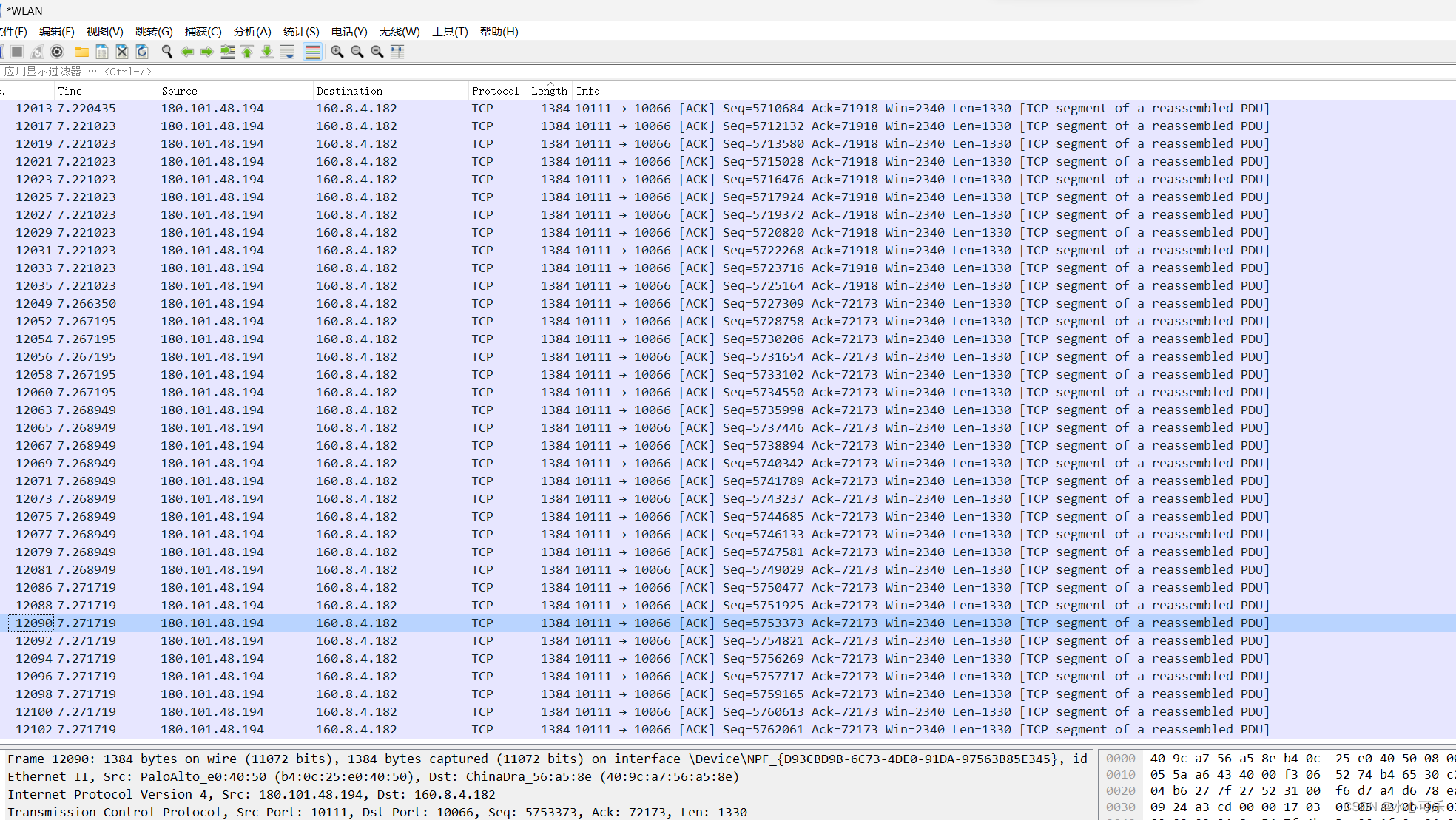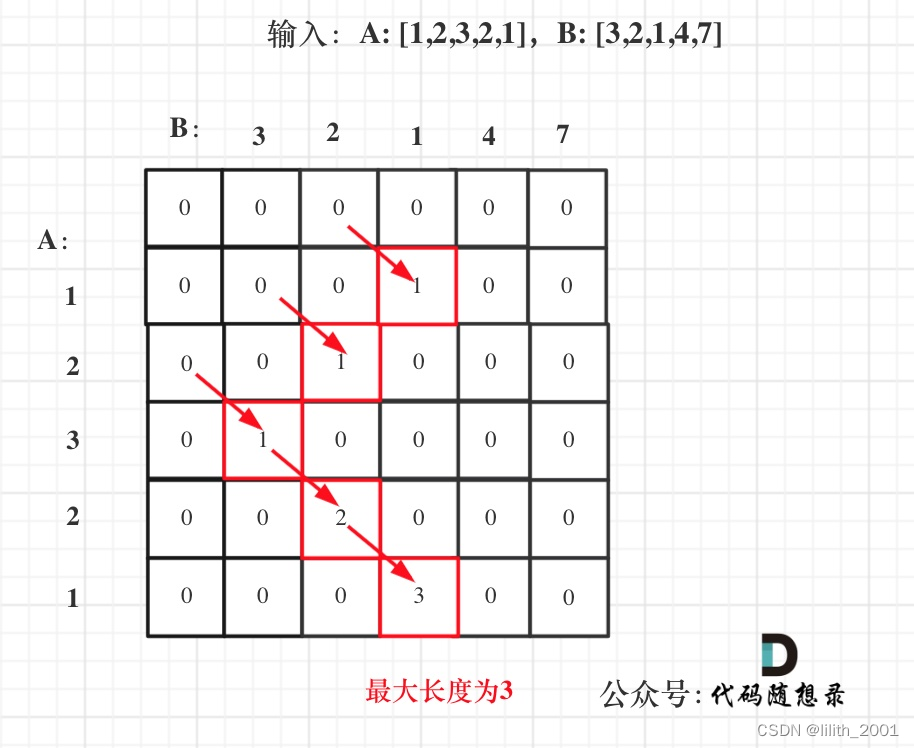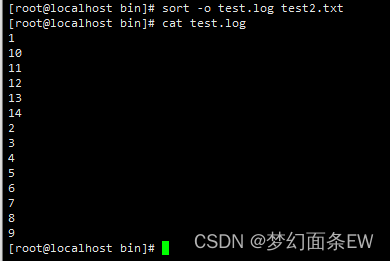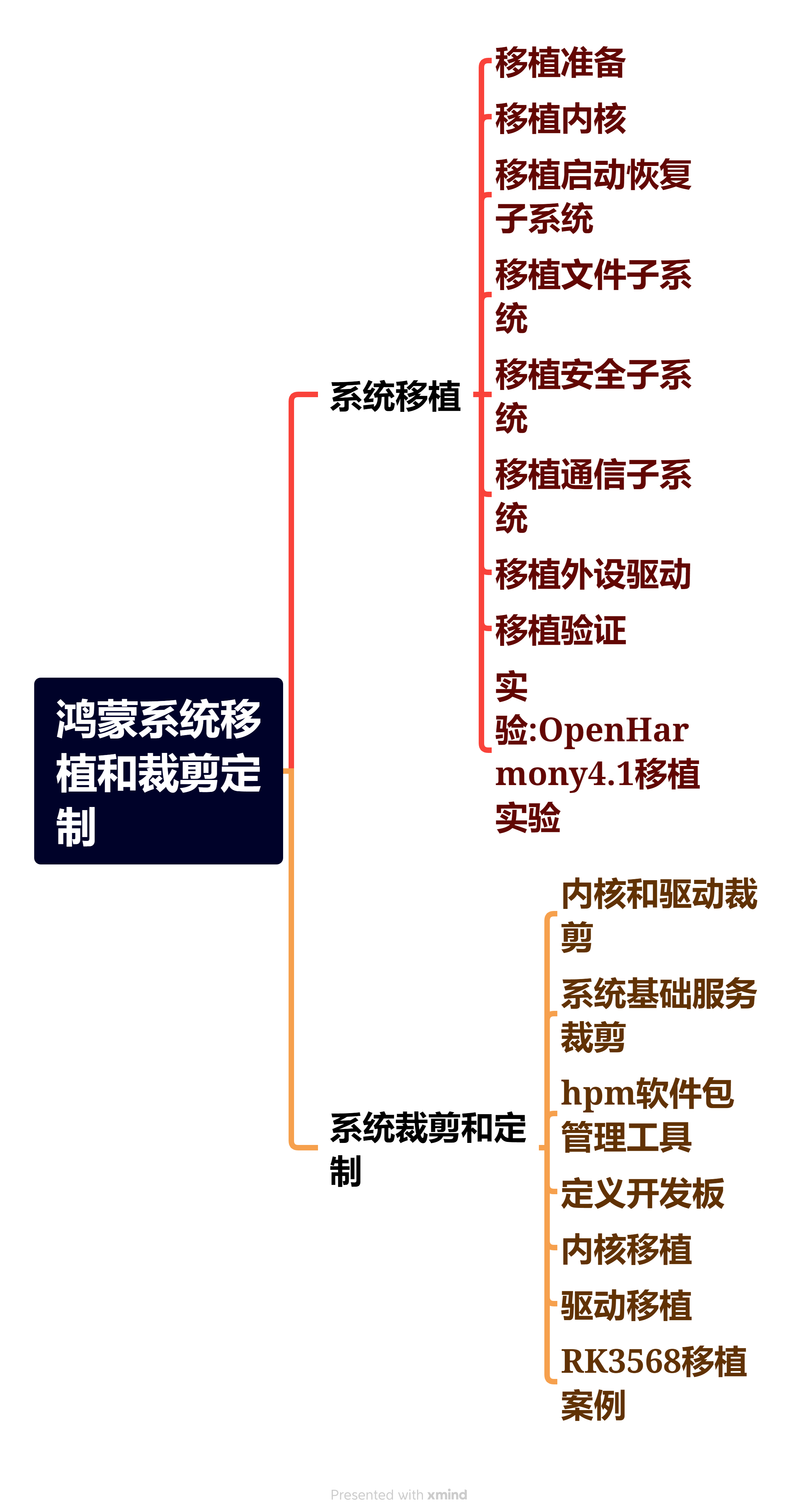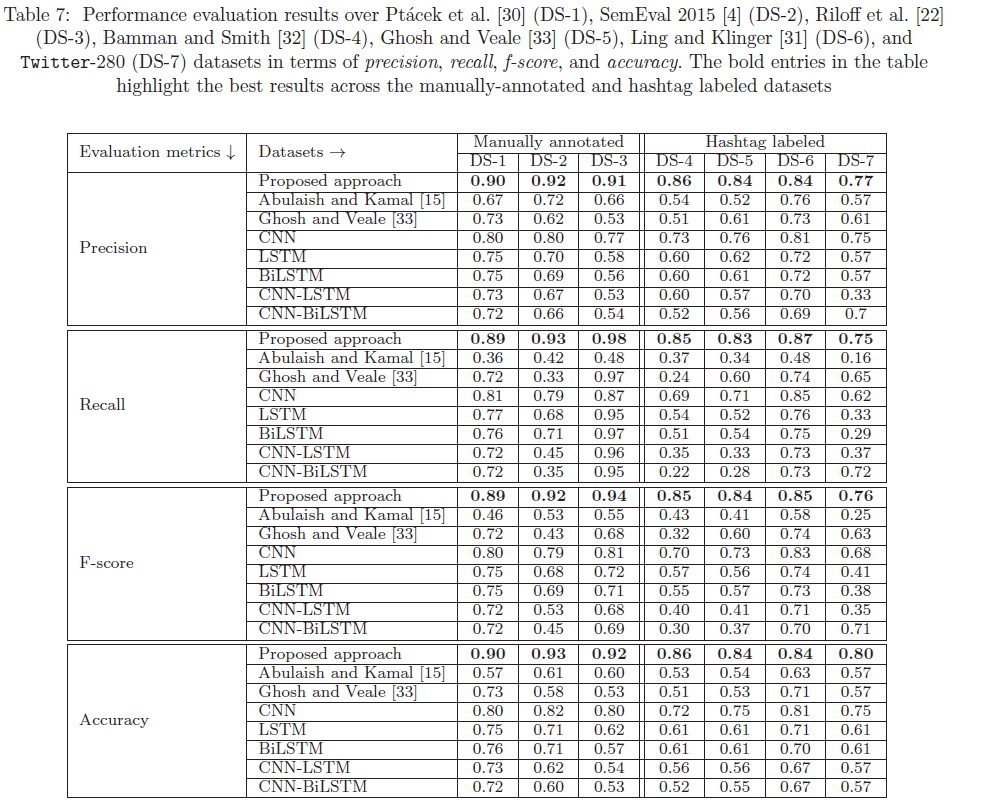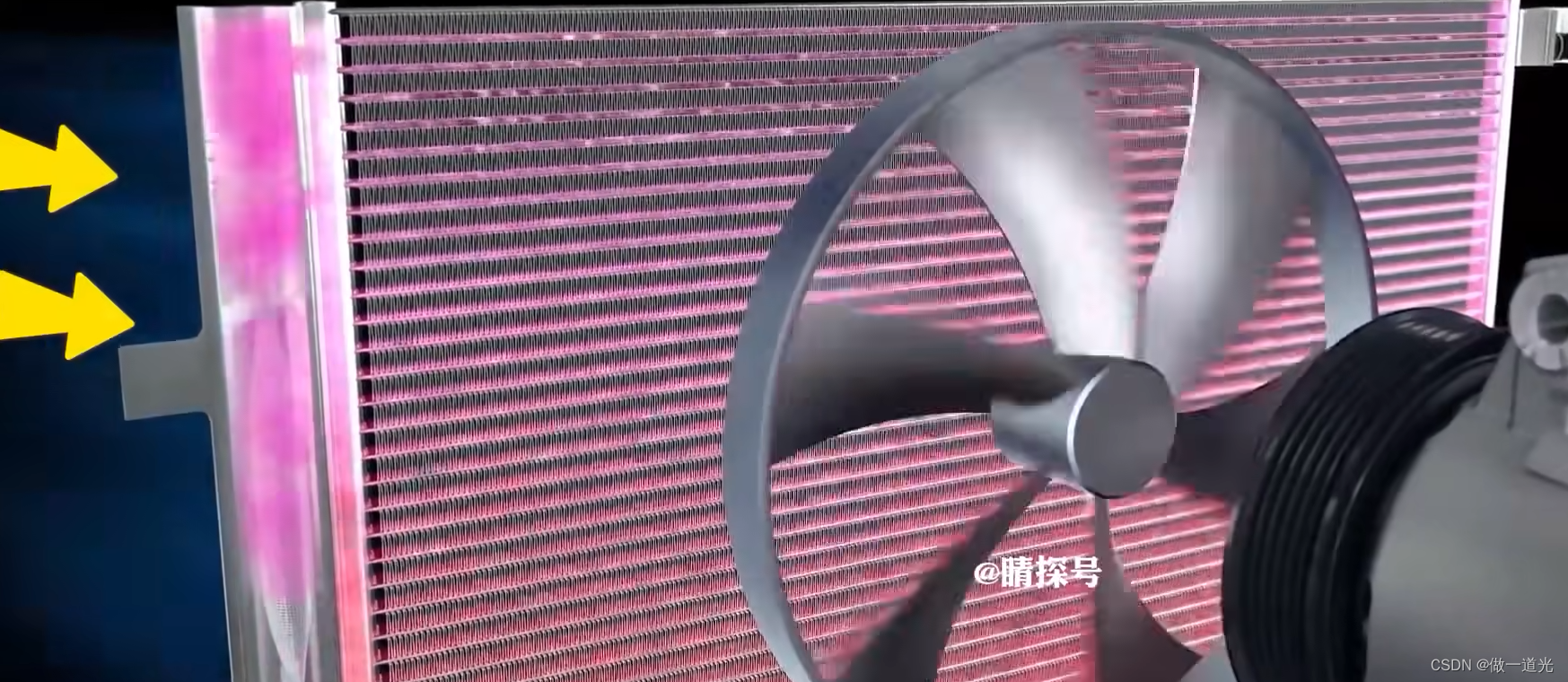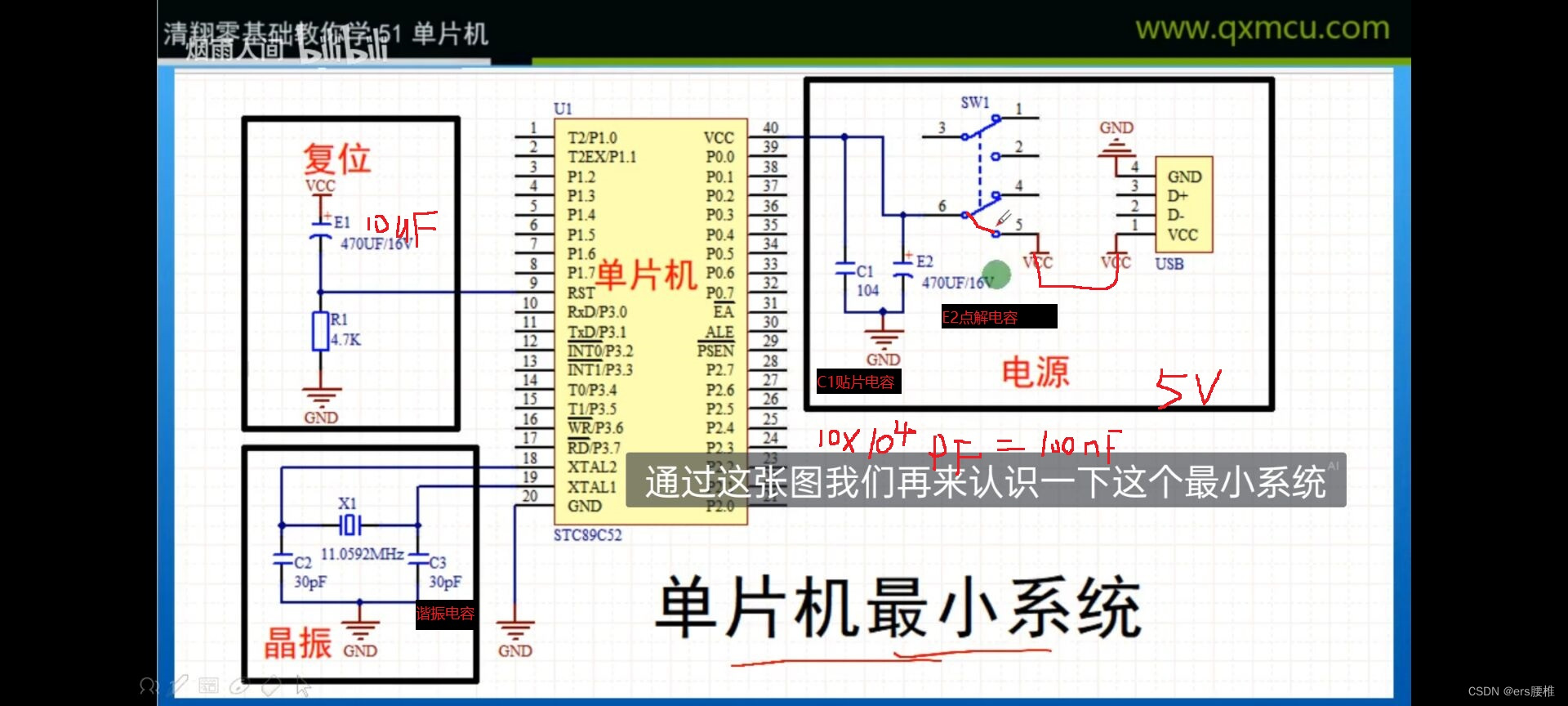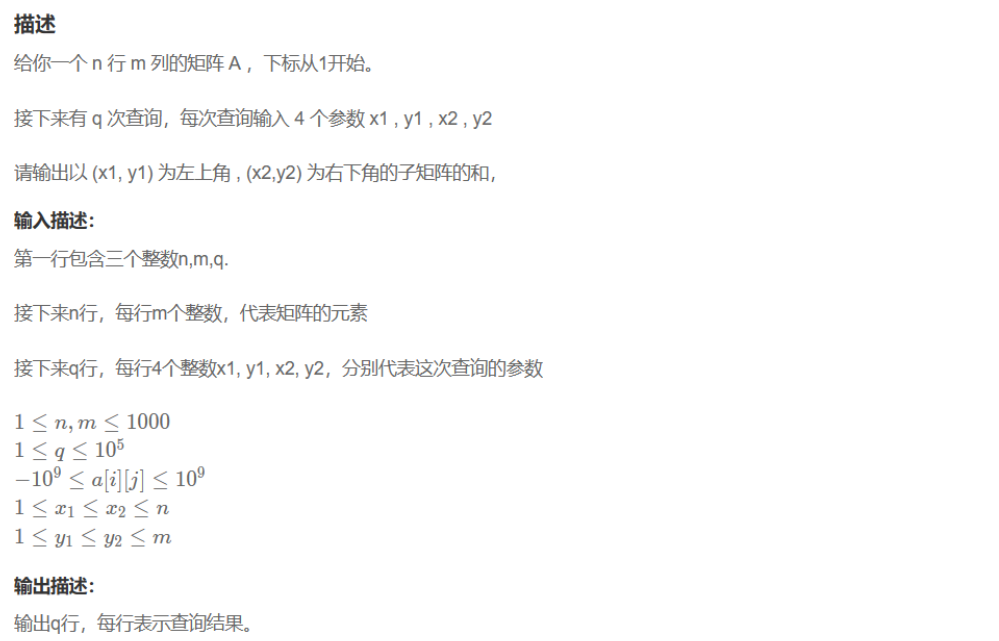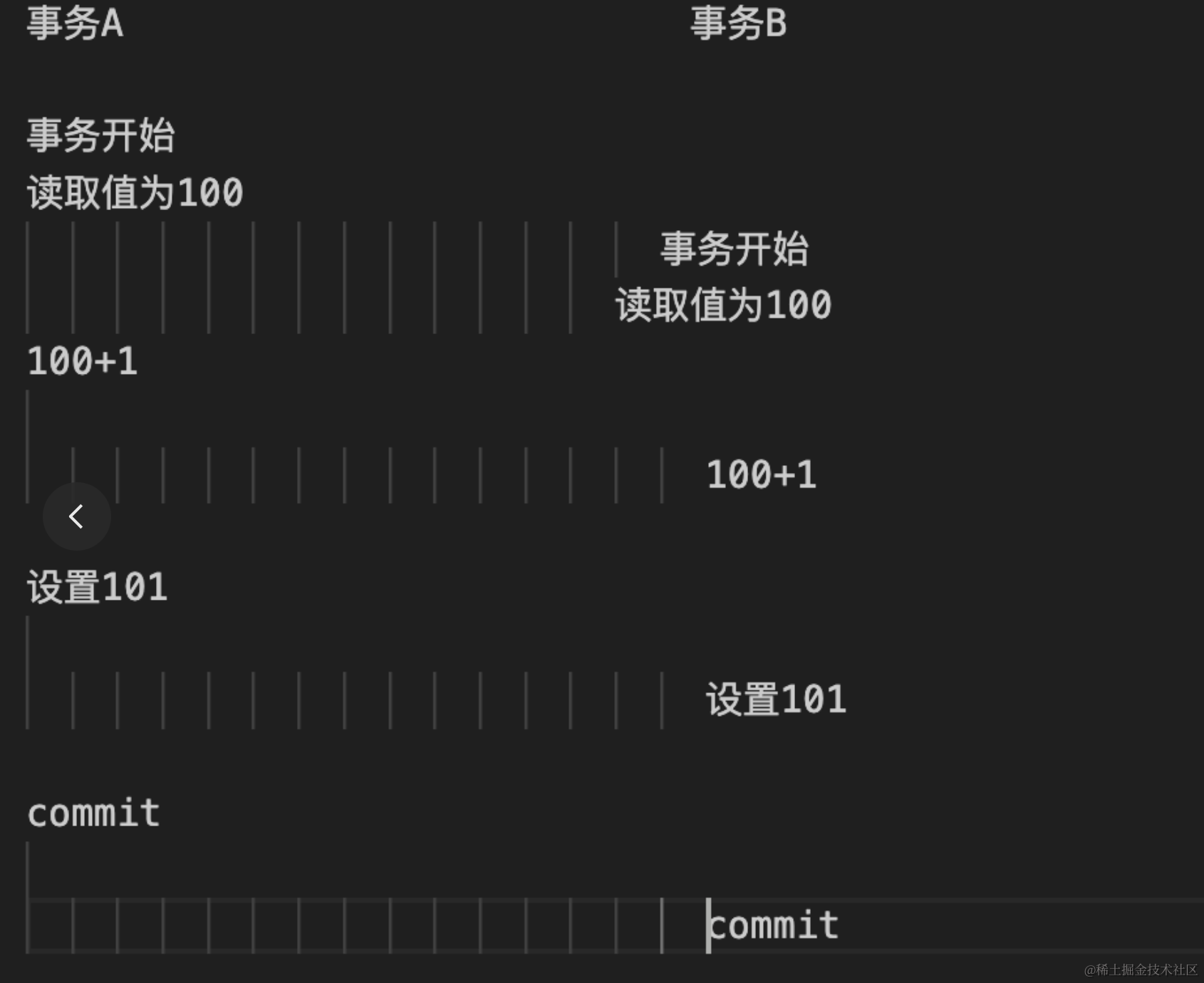NO.1
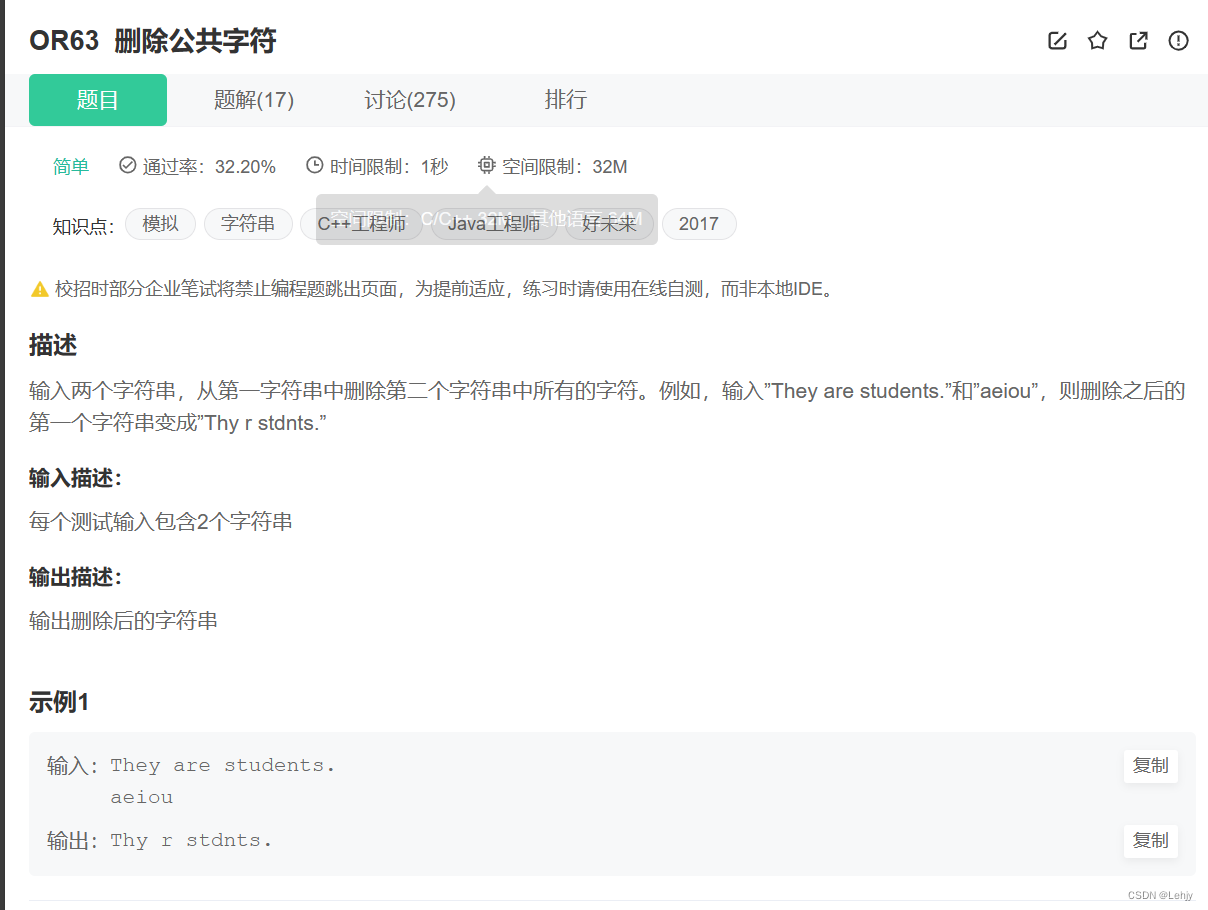
思路:哈希表,建立bool数组,将要删除的字符串存入哈希表,并标为true,再遍历要做处理的字符串,如果在哈希表中为false,就输出。
代码实现:
#include <iostream>
#include<string>
using namespace std;
int main()
{
string s,t;
getline(cin,s);
getline(cin,t);
bool hash[300]={0};
for(auto ch:t) hash[ch]=true;
for(auto ch:s)
{
if(!hash[ch])
{
cout<<ch;
}
}
return 0;
}
NO.2
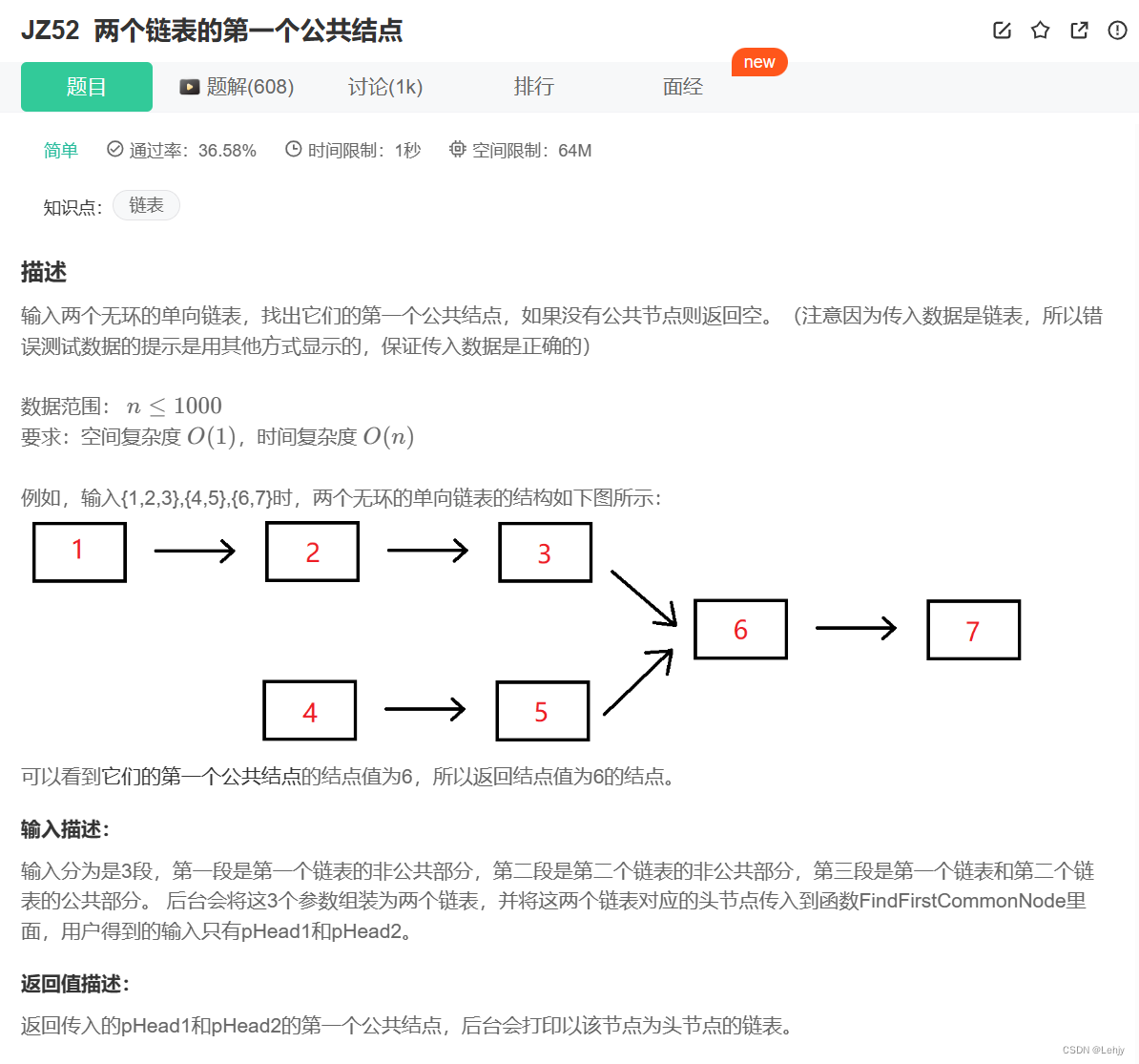
思路:根据链表1和2的路径相同来解决,链表一走完就走链表2,链表2走完就走链表1,当它们相同的时候停下来就是公共的第一个节点,如果为空就返回空节点。
代码实现:
/*
struct ListNode {
int val;
struct ListNode *next;
ListNode(int x) :
val(x), next(NULL) {
}
};*/
class Solution {
public:
ListNode* FindFirstCommonNode( ListNode* pHead1, ListNode* pHead2) {
ListNode* cur1=pHead1;
ListNode* cur2=pHead2;
while(cur1!=cur2)
{
cur1=cur1!=NULL?cur1->next:pHead2;
cur2=cur2!=NULL?cur2->next:pHead1;
}
return cur1;
}
};
NO.3
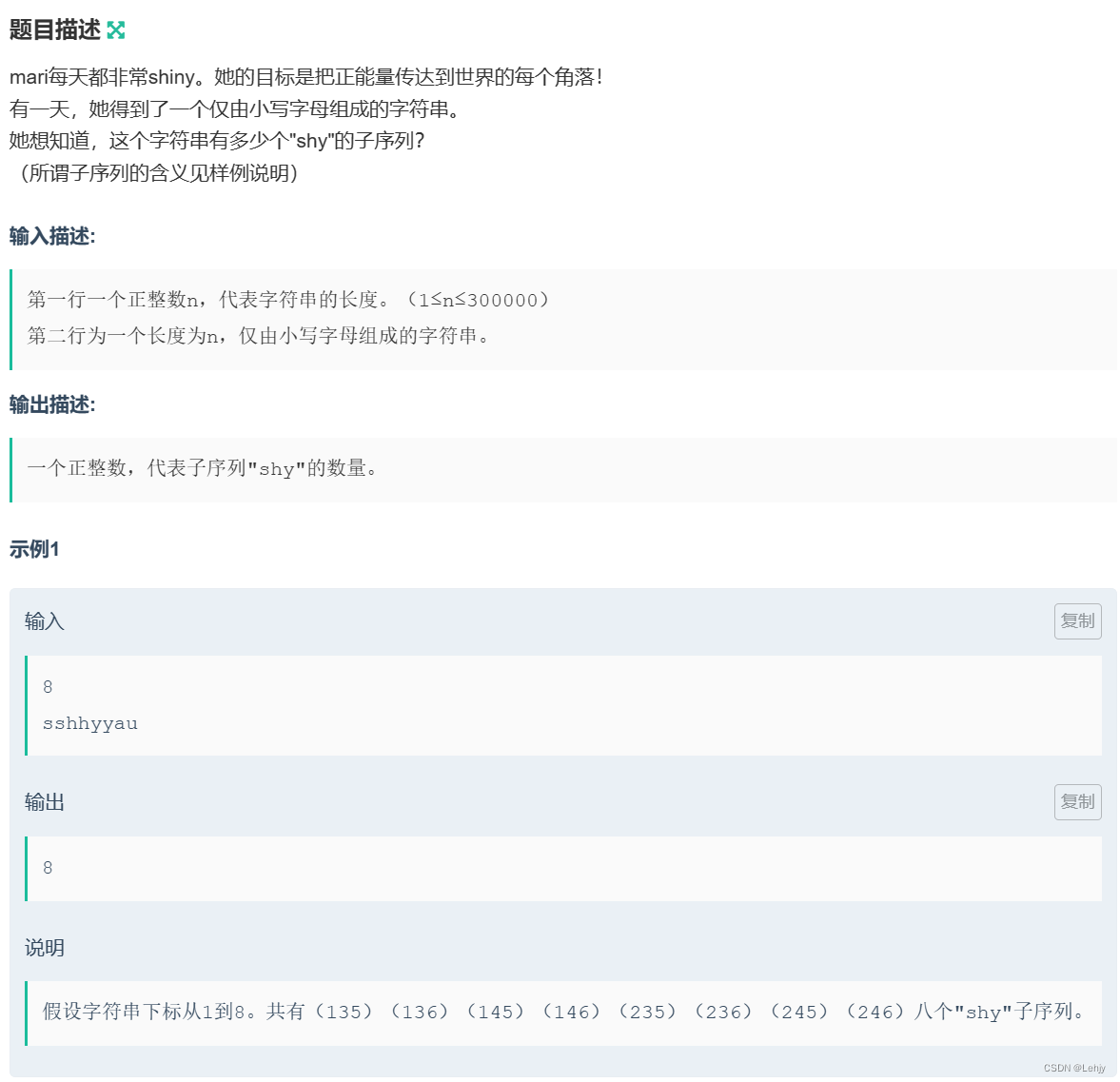



思路:利用dp的方法,找s的个数,如果最后一个字符为s,就等于之前的s再加1,不是就为之前s的数量,最后一个为h,那么sh的数量就等于前面s的数量加上前面sh的数量,不是就是前面sh的数量,如果最后一个为y,那么shy的数量就等于前面sh的数量加上前面shy的数量,不是就等于前面shy的数量。最后输出shy的数量就行,最后考虑到空间优化,用字符代替dp数组。
代码实现:
#include <iostream>
#include<string>
using namespace std;
int main() {
string str;
int n;
cin>>n>>str;
long long s=0,h=0,y=0;
for(int i=0;i<str.size();i++)
{
char ch=str[i];
if(ch=='s') s++;
else if(ch=='h') h+=s;
else if(ch=='y') y+=h;
}
cout<<y<<endl;
return 0;
}



